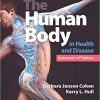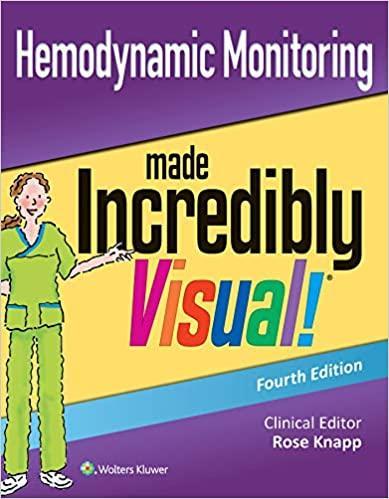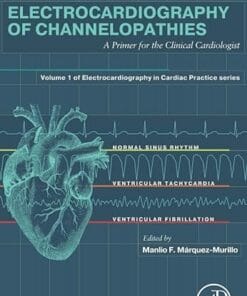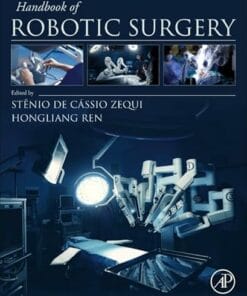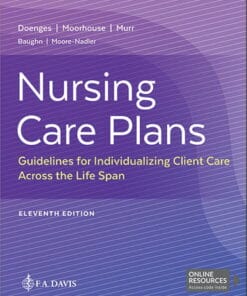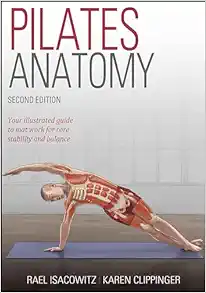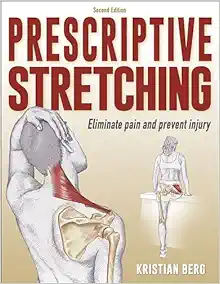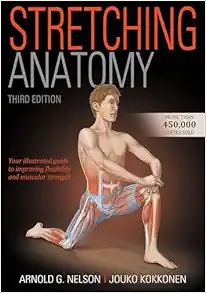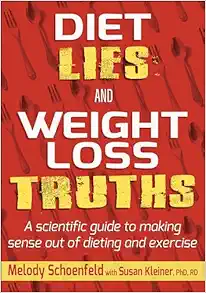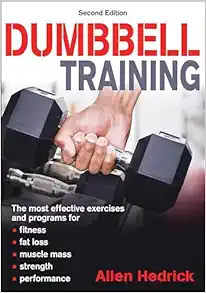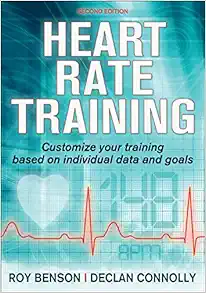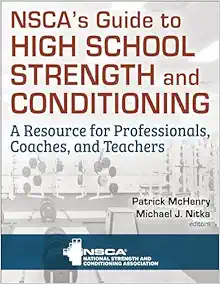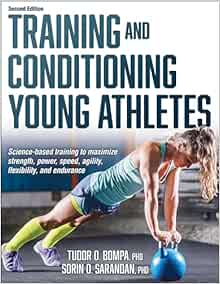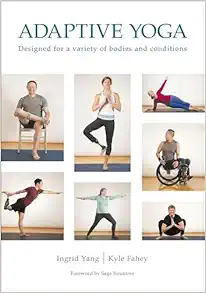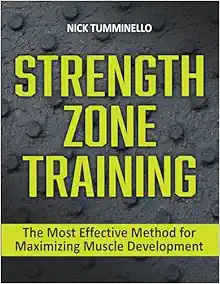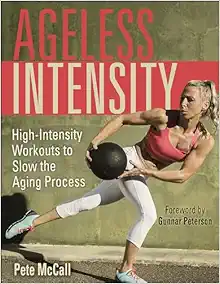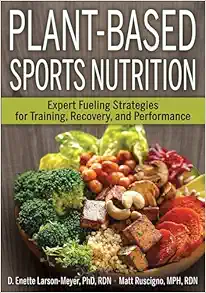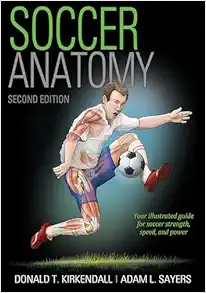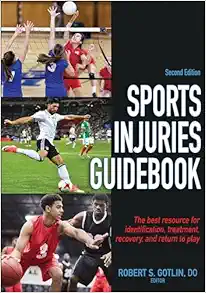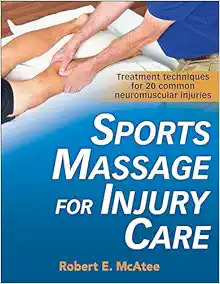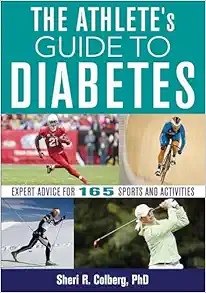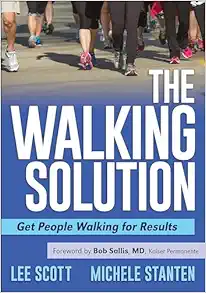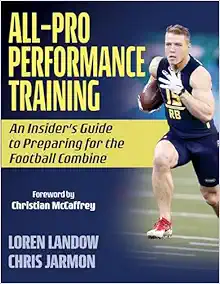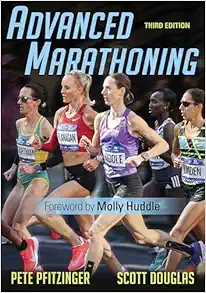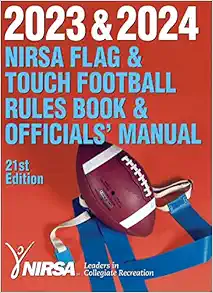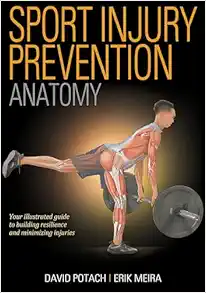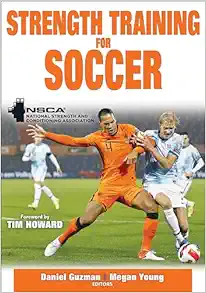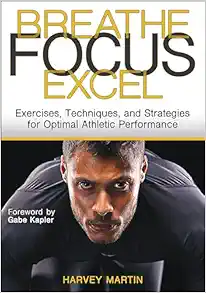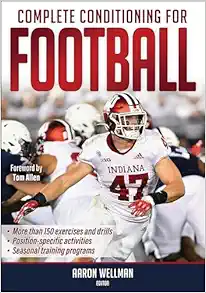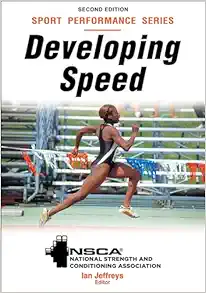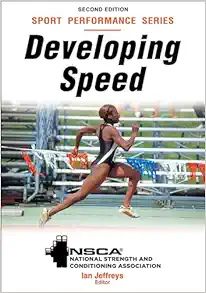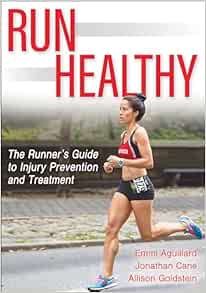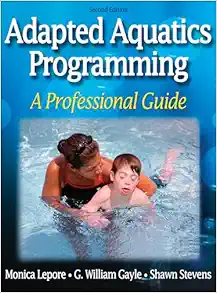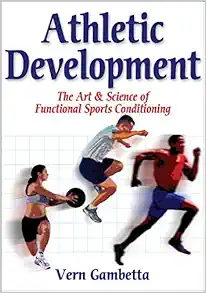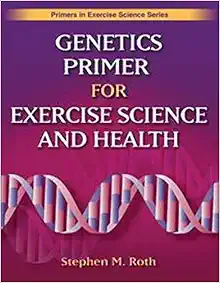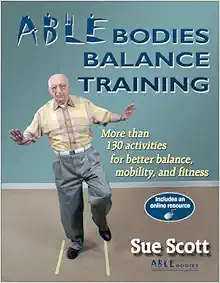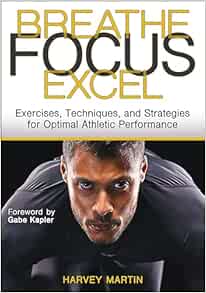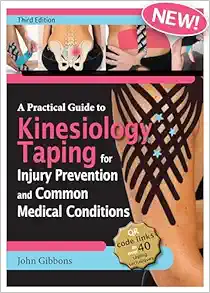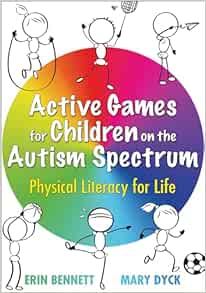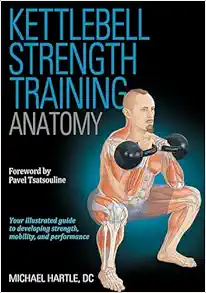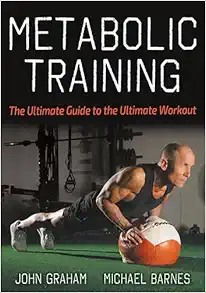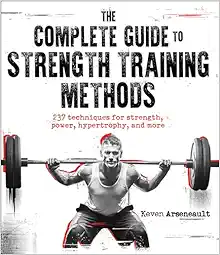Hemodynamic Monitoring Made Incredibly Visual (Incredibly Easy! Series®) Fourth Edition
7 $
Delivery time: Maximum to 1 hours
Hemodynamic Monitoring Made Incredibly Visual (Incredibly Easy! Series®) Fourth Edition
Full of colorful images that illustrate monitoring concepts and processes, this concise, enjoyable guide sorts through the complexities of hemodynamics and clarifies them in easy-to-follow ways. Grasp the structures and functions of pulmonary and cardiac systems and the vital skills of hemodynamics, with this vital reference—a must-have for all nursing students, new nurses, and nurses returning to critical care.
Get clear, concise direction on the concepts, devices, and nursing skills used in hemodynamic monitoring:
- NEW and updated content, photos and graphics that demonstrate nursing skills and responsibilities
- Hundreds of colorful images that guide you through the ins and outs of hemodynamics – detailed photos, diagrams, charts and other visual aids that clarify cardiopulmonary anatomy and physiology
- Illustrates vital practice issues, such as how to confirm the lungs are getting enough oxygen, and how well the heart is pumping — explains and reinforces key concepts in easy-to-remember ways
- Explains the fundamentals and current best practices in hemodynamic monitoring in easy-to-retain terms
- Ideal for visual learners –images demonstrate step-by-step, expert guidance on monitoring skills, physiology and devices:
- Understanding cardiopulmonary anatomy and physiology
- Understanding a pressure monitoring system
- Vascular access
- Pressure monitoring – arterial, central venous, and pulmonary artery pressure monitoring
- Cardiac output monitoring
- Tissue oxygenation monitoring
- Minimally invasive hemodynamic monitoring
- Circulatory assist devices
- Step-by-step guidance on thermodilution methods, analyzing thermodilution curves, measuring cardiac function and output, maintaining artery catheters, and more
- Ideal on-the-spot reference and review for nursing students and new nurses – addresses the physiology behind each learning objective and provides vital nursing considerations
- Chapter features:
- On the level – defines normal and abnormal pressure readings for different patient conditions
- Q&A – illustrated riddles, diagrams, and questions and answers at the end of each chapter that help you fully integrate new knowledge
- Matchmaker – matching terms and conditions to their correct definition
- Memory board – learning aids and memory cues that help you retain important definitions and processes
- Ride the wave – explains the actions of waveforms, including how to recognize abnormal waveforms
- “Nurse Joy and Jake” – expert insights and encouraging advice
About the Clinical Editor
Rose Knapp, DNP, RN, APN-BC, is an Acute Care Nurse Practitioner, and Associate Graduate Faculty and MSN Program Director/APN Program Coordinator at the Marjorie K. Unterberg School of Nursing and Health Studies at Monmouth University in West Long Branch, New Jersey
Product Details
Product Details
- Publisher : LWW; Fourth edition (August 28, 2020)
- Language : English
- Digital eBook : 160 pages
Related Products
Basic Medical Book
Electrocardiography of Channelopathies: A Primer for the Clinical Cardiologist (PDF)
Basic Medical Book
Creative Thinking And Arts-Based Learning: Preschool Through Fourth Grade, 7th Edition (PDF)
Basic Medical Book
Basic Medical Book
Basic Medical Book
Basic Medical Book
Secrets Of Successful Program Design: A How-To Guide For Busy Fitness Professionals (PDF)
Basic Medical Book
Basic Medical Book
Basic Medical Book
Strength Zone Training: The Most Effective Method For Maximizing Muscle Development (PDF)
Basic Medical Book
Basic Medical Book
Basic Medical Book
Basic Medical Book
Velocity-Based Training: How To Apply Science, Technology, And Data To Maximize Performance (PDF)
Basic Medical Book
All-Pro Performance Training: An Insider’s Guide To Preparing For The Football Combine (PDF)
Basic Medical Book
The Language Of Coaching: The Art & Science Of Teaching Movement (PDF)
Basic Medical Book
Basic Medical Book
2023 & 2024 NIRSA Flag & Touch Football Rules Book & Officials’ Manual, 21st Edition (PDF)
Basic Medical Book
Achieving Excellence: Mastering Mindset For Peak Performance In Sport And Life (PDF)
Basic Medical Book
Neurodegenerative Diseases: Translational Models, Mechanisms, And Therapeutics (PDF)
Basic Medical Book
Breathe, Focus, Excel: Exercises, Techniques, And Strategies For Optimal Athletic Performance (PDF)
Basic Medical Book
Developing Speed (EPUB)- NSCA – National Strength & Conditioning Association, 2nd Edition
Basic Medical Book
Developing Speed – NSCA -National Strength & Conditioning Association, 2nd Edition (PDF)
Basic Medical Book
Personal Best Running: Coach Coogan’s Strategies For The Mile To The Marathon (PDF)
Basic Medical Book
Run Healthy: The Runner’s Guide To Injury Prevention And Treatment (PDF)
Basic Medical Book
Smarter Recovery: A Practical Guide To Maximizing Training Results (PDF)
Basic Medical Book
Basic Medical Book
Adapted Aquatics Programming: A Professional Guide, 2nd Edition (PDF)
Basic Medical Book
Genetics Primer For Exercise Science And Health (Primers In Exercise Science) (EPUB)
Basic Medical Book
Aquatech: Best Practices For Pool And Aquatic Facility Operators (PDF)
Basic Medical Book
Becoming A Sustainable Runner: A Guide To Running For Life, Community, And Planet (PDF)
Basic Medical Book
Breathe, Focus, Excel: Exercises, Techniques, And Strategies For Optimal Athletic Performance (EPUB)
Basic Medical Book
Basic Medical Book
Active Games For Children On The Autism Spectrum: Physical Literacy For Life (PDF)



